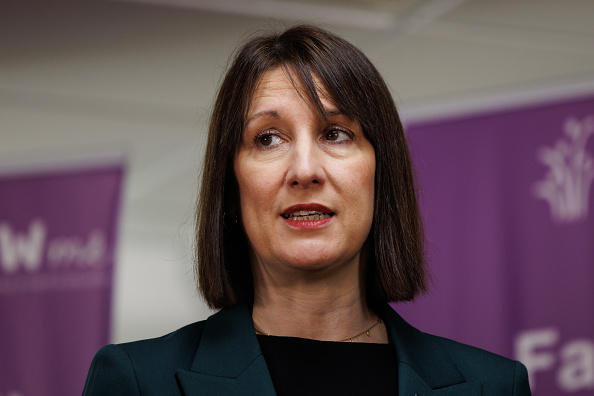According to independent finance provider Syscap, the total value of loans offered under the EFG scheme dropped by 26 per cent in the final three months of 2012 compared to the previous quarter, falling to just £70.7million, a reduction of 9.1 per cent on the same period in 2011.
From its peak in the third quarter of 2009, the total amount of new loans provided through the scheme has fallen by two thirds.
The government’s other key lending programme, the Funding for Lending Scheme, has also failed to achieve its ambitions, as lending to small businesses under this scheme fell in every quarter of 2012, according to the Bank of England. In the last quarter of 2012 alone, net lending to businesses fell dramatically, by £4.5 billion.
In addition to the drop in lending to SMEs, interest rates on loans of under £1 million to businesses have soared to 4.22 per cent, their highest level since December 2008. Since the Funding for Lending scheme was introduced in July 2012, interest rates on SME loans have actually risen by almost 0.5 per cent.
Recently, business minister Michael Fallon promised to ‘hold banks to account’ until lending activity under the EFG scheme improves, even going so far as to publish comparisons of the individual banks’ use of EFG scheme.
Syscap CEO Philip White says, ‘We now have two major schemes aimed at getting finance to small business that are not achieving as much as was hoped.
‘However, with the risk of a triple dip recession still looming, we think it is important that the government should not give up just yet on using the EFG and Funding for Lending to get more money to the businesses that need it.’
White adds that the schemes’ performance could be turned around by enabling a wider range of lenders to utilise them, extending the EFG scheme to leases and opening the Funding for Lending Scheme to asset finance providers that are not bank-owned.
‘As well drawing on the leasing industry’s balance sheets, this would also mean the schemes could leverage a wider range of relationships with SMEs including both the independent finance providers’ direct customer base and their relationships with brokers,’ he says.
‘The asset finance industry has been successful in expanding lending to businesses in the last year, which suggests that it is able to fulfil demand from types of companies and for specific business needs that are not being fully met elsewhere.’
Previous attempts to revive the EFG scheme and increase its economic impact have been unsuccessful, finds Syscap. From January 2012, banks were allowed to use it to lend to slightly bigger businesses with an annual turnover of up to £44 million.
White adds, ‘Tinkering with the size of business that can borrow under the scheme has not been successful. We believe that the scheme should stay focussed on the kinds of businesses that generally have the fewest funding options available to them, and expand it by opening it to lending through as many sensible channels as possible.’
The EFG scheme was brought in to stimulate economic growth in the aftermath of the financial crisis by encouraging banks to lend to SMEs with an annual turnover of less than £25 million, with 75 per cent of an EFG loan guaranteed by the government.





